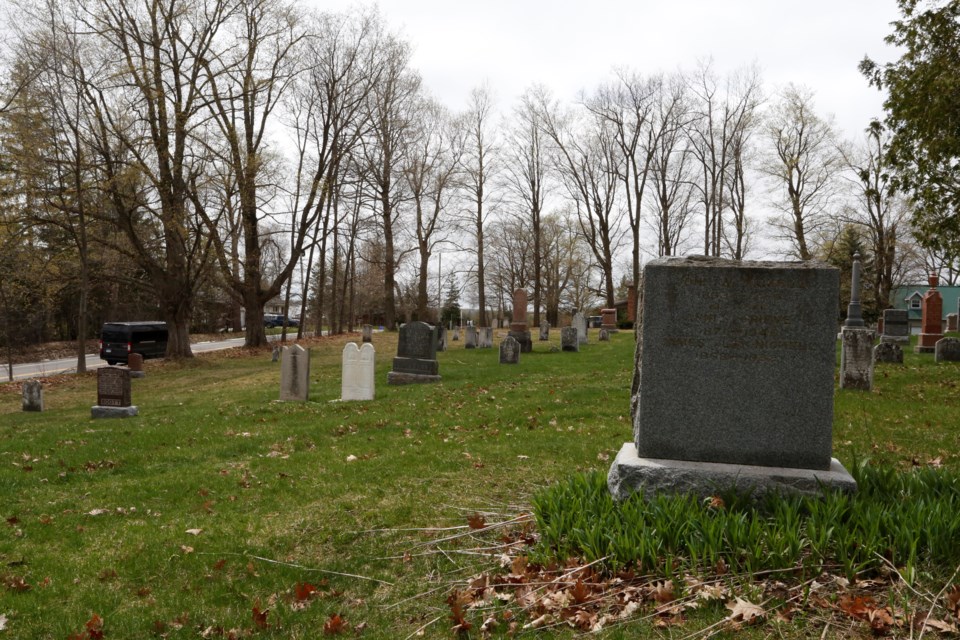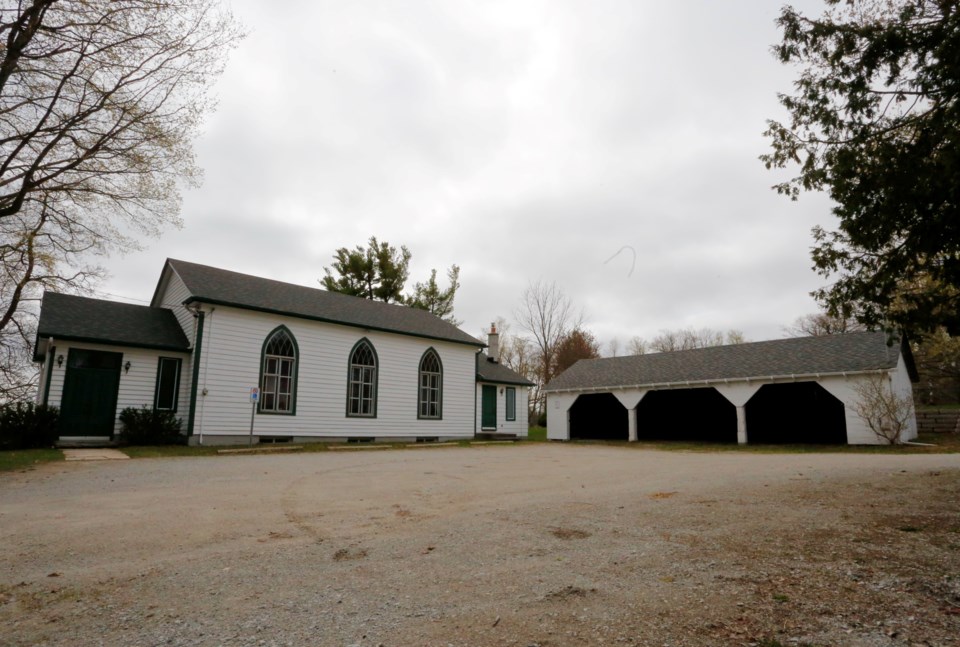Halton Hills Council is looking to designate the Limehouse Presbyterian Church as a heritage property.
The local politicians approved a motion at their April 17 meeting to order the clerk’s office to issue a notice of intention to designate the property at 12418 Sixth Line.
The congregation of the church led the charge to have the church solidified as historic. They initially started the process last summer, however, the church’s trustees wanted a bit more time to consult with their congregation.
“They were waiting until they had consensus from the congregation before that came forward to council,” heritage planner Laura Loney said. “The membership has voted in support of designation.”
Prior to designation, extensive research goes into the process.
Loney’s research and evaluation report appears to show the church was completed in 1861. A local tavern keeper and carpenter named Myles McDonald led its construction. He had help from local Methodist and Anglican families. Additions were made to the church in 1961 and 1972.

The building has a simple rectangular design that's characteristic of pre-confederation churches and one-room schoolhouses.
The siding on the exterior is original and likely came from a sawmill local to Limehouse. The stained glass on the windows is, however, a recent addition.
Before cars were invented, and by extension parking lots, a horse shed was built to the rear of the property. It was damaged after a tree collapsed through it. The shed was repaired in 2021.
An adjacent cemetery overlooks 22 Sideroad as well.
The Heritage Act’s Regulation 9/06 lays out the criteria for designation. Designation can happen if it meets one or more of its stipulations.
Loney determined in her report that it met several of the conditions, including but not limited to:
- Being a landmark
- Has information that helps with understanding a community or culture
- Is rare, unique, representative, or early example of a style, type, expression, material, or construction method.
According to Loney’s report, the church “has physical and design value as a unique example of a mid-19th century church and shed, symmetrically designed using timber frame construction and hand-hewn materials.”
“It has an association with early European pioneers, who had the desire to form a congregation as early as 1832 reflecting the Protestant Christian beliefs of the residents in the Limehouse area,” her report further explains.
Council approval kick-started a 30-day period where anyone can object to the designation.
“As it is owner-led, [objection] is very unlikely,” Loney explained.
Once the waiting period has passed, a bylaw will be brought forward at the next available council meeting to recognize the property as heritage.



